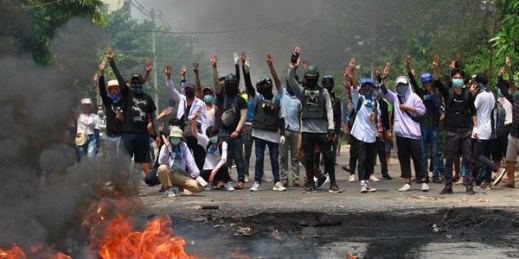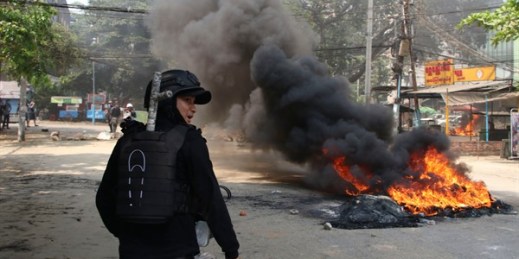
In the weeks since the Feb. 1 coup that overthrew Myanmar’s democratically elected government, civilians have responded with relentless, organized outrage, mobilizing street protests, general strikes and other disruptive forms of nonviolent resistance. Ousted lawmakers have formed a parallel administration, called the National Unity Government, in defiance of the military regime. The Tatmadaw, as the armed forces are known in Myanmar, has countered with an escalating crackdown, killing over 700 demonstrators and injuring or detaining thousands more. The rest of the world, meanwhile, has issued statements of condemnation and piecemeal sanctions that have had little impact on a country descending […]

